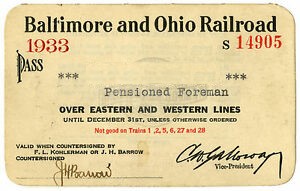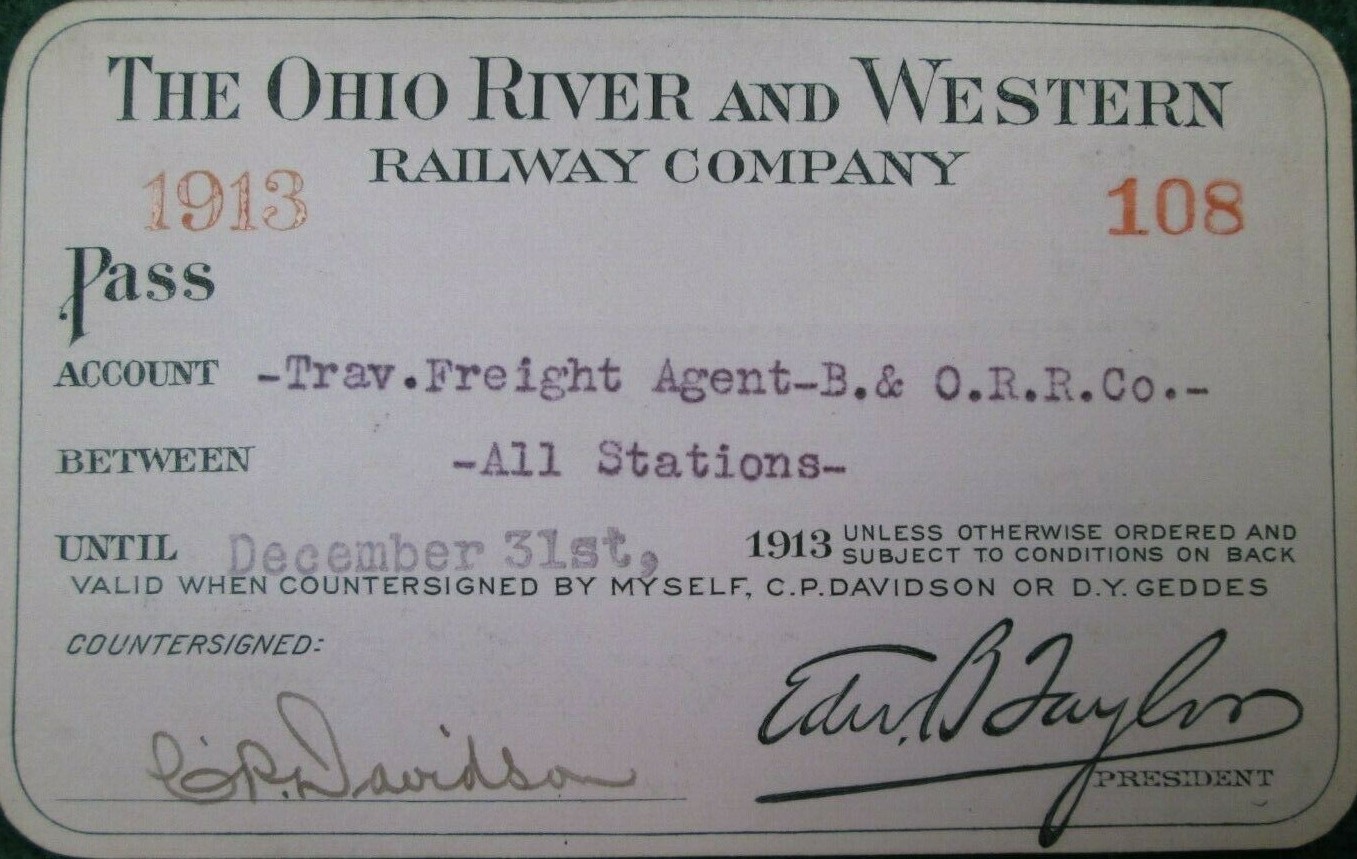



This is the year that the Potomac & Patuxent went public when we hosted the Potomac Division of the NMRA in October. We had about 40 guests on a beautiful Sunday afternoon who were treated to an operating session by the regular crew, home-baked goodies, and railroad videos. Some folks stayed and stayed, while others came and went. The operating disasters were, fortunately, few. The success is really due to the seven members of the operating crew who worked hard at a number of practice operating sessions that preceded the open house.
The practice seems to have paid off in that at the last operating session, the crew was able to complete the sequential schedule in less than two hours. This was the first time that we had accomplished this goal. Also, after attending an operations clinic at the Potomac Division’s March mini-convention, I simplified the operating scheme by preparing switch lists for each train in place of handing each conductor a fistful of waybills. I, also, developed a train sheet for the tower operator. As noted, we are still using a sequential timetable.
The railroad also garnered some awards during the year. At the Potomac Division’s spring mini-convention, a P&P train won the popular vote for favorite train. Cars from the Sagalot Central (Marv Kershner) and Blue Ridge Midland (Art Selby) were included in the winning consist. The railroad also took home a third place in the locomotive category.
The more impressive award was received in the aftermath of the open house. The P&P qualified for the NMRA Golden Spike Award. The Golden Spike Award is designed to demonstrate familiarity with different areas of the hobby, rather than expertise in a particular area. Its requirements deal primarily with basic model railroading skills, in moderate doses. P&P management is looking for an appropriate place to display the award.
A number of scenery projects completed in the last year contributed to qualifying for the Golden Spike award. A large warehouse, Terminal Storage Co., constructed of DPM components, was installed on the Shepherd Branch. Shepherd Junction is the site of a municipal water tower, built from a Korber kit, to which I added a flashing red light. The bulk oil dealer, Steuart Petroleum, was furnished with storage tanks from a Crummy Products kit. I have already acquired the new Walthers’ Phoenix Fuel Oil Corporation kit to complete the facility. Along the right-of-way, I added dummy switch machines at turnouts actually operated by Tortoise switch motors. In anticipation of new construction, I acquired Old Pullman turnout kits and Kappler ties for the East Washington Branch.
I made two railroad related trips this year. In June, I took Amtrak’s Carolinian to Charlotte, NC, for my first NRHS national convention. The convention sponsors did the best they could in the absence of the Norfolk Southern steam program and CSX’s intransigence over a number of planned excursions. I enjoyed the North Carolina Transportation Museum located at Historic Spencer Shops, the New Hope Valley Railway, and a historic Seaboard railroad station (now museum) in Hamlet, NC. There were interesting clinics and a railroadiana show on Friday. My return to Washington was also by Amtrak.
The second trip was an excursion to Steamtown in Scanton, PA, with the members of my operating crew. While we enjoyed the exhibits and the steam excursion, the facility is clearly being developed for the information and enjoyment of the general public rather than experienced railroad fans. In any case, I recommend it if you have not been there. However, if you go to Scanton, you must visit the Lackawanna Coal Mine exhibit. They take you down 300 feet into a closed anthracite coal mine. This is an interesting trip. I came back with a new perspective on my workplace and my life. While in Pennsylvania, we also located and photographed the Starrucca and Nicholson Viaducts. These are two impressive structures railroad structures.
Both trips gave me an opportunity to play with my newest toy: a hand-held radio scanner. I was able to eavesdrop on train crew communications during the Amtrak trip from Washington to Charlotte until my batteries died. I had some luck picking up activities during the convention excursions. During our Steamtown excursion, I was able to tap into the communications between the train crew and the dispatcher. At home, I mostly pick up the conversations at Washington Union Station between the yardmaster and the switching crews. Occasionally, I catch something from Harrisburg South (Conrail) issuing track warrants to CSX trains to traverse the Conrail trackage between Anacostia and Potomac Yard.